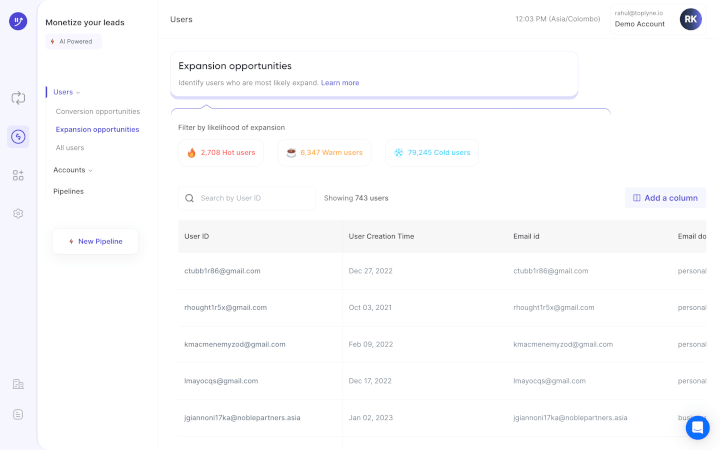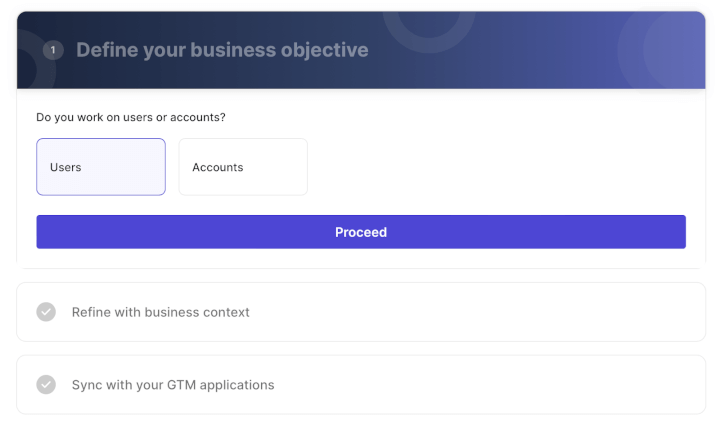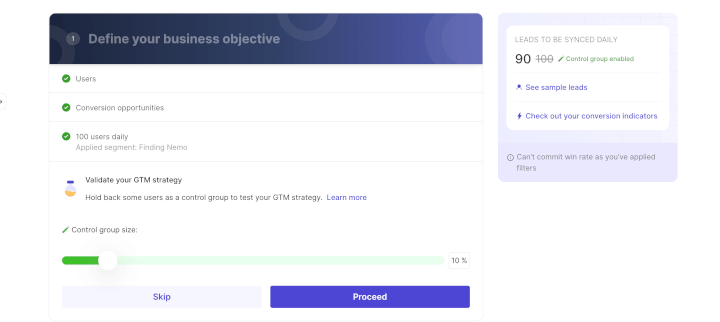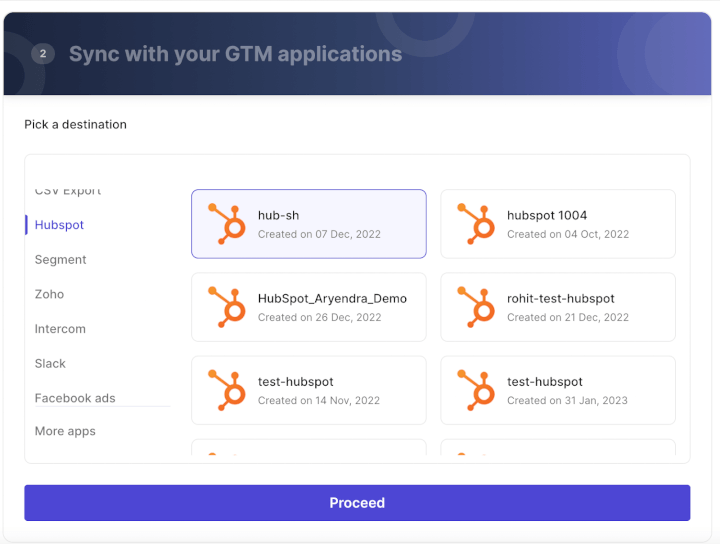Sales Automation vs Marketing Automation: The Ultimate Guide

Sales reps are having a hard time meeting their quotas simply because they spend too much time on non-selling activities - as Salesforce finds, this can be as high as 66%. Sales reps shouldn’t have to burn the midnight oil and then some more to hit that quota - time management can do only so much.
To get sales reps the time to actually sell, automation is the Robin that your Batman sales teams need. It takes care of the manual tasks eating into salespeople’s time. Intelligent automation tools also provide sales teams the insights to make better decisions on targeting leads, personalizing outreach, and closing deals successfully.
Sales automation is the automation of sales processes, including tasks such as lead generation, lead scoring, outreach management, and customer relationship management. Marketing automation is the automation of marketing processes, which include lead generation, email marketing, and social media marketing.
I. Understanding Sales Automation
The digital Rolodex having index cards to write down customer details emerged in the 80s. The 90s saw the birth of the customer relationship management system (CRM), and by the 2000s, cloud-based CRMs were making their presence felt in businesses.
Modern sales automation platforms can automate several tasks across the SaaS sales value chain:
- Sales strategy and planning: Forecasting and channel strategy
- Lead identification and qualification: Pipeline management, lead scoring, and action plans for new and existing users
- Pricing and quotation: Setting quotas and contracting
- Post-sales activities: Regular outreach and follow-ups
- Structural support: Reporting and analytics
Sales automation software automates campaigns and streamlines all internal workflows, bringing benefits such as:
- Increased efficiency and reduced manual tasks: By minimizing the time to complete time-consuming manual tasks, automation can improve efficiency by 10-15%.
- Improved lead management and forecasting: An example of how this automation process would work is if it sent alerts or notifications to your sales reps whenever there is a lead activity like link clicks, website visits, or email openings.
- Better lead generation using outreach automation: Automating the process of reaching out to potential connections via personalized emails or messages yields better leads. Setting up automatic follow-ups and tracing the progress of outreach efforts saves your team members time and provides valuable insights.
- Enhanced customer relationship management: Providing a seamless journey for leads along the sales pipeline and engaging them in the moments that matter sets the foundation for strong relationships.
A look at the top sales automation software:
HubSpot: Automate lead rotation, prospect follow-ups, email personalization, and deal funnel reports, among others. Benefit: Complements any sales process.
Toplyne: Toplyne is a behavioral lead scoring platform used by Canva and Vercel to surface sales pipeline in your sales pipeline.
Here’s how companies like Canva and Vercel generate sales pipeline from their self-serve funnel using Toplyne:
- Step 1/7: Create monetization playbooks to surface conversion and expansion opportunities (leads most likely to convert to paying customers, and teams most likely to grow into larger teams)

- Step 2/7: Choose the right leads to target – users (individual users) or accounts (a group of users with an organization).

- Step 3/7: Select the frequency at which you would want leads synced in your GTM apps.

- Step 4/7: Define how many leads you want by either the number of leads or your expected win rate, depending on your sales capacity and GTM strategy.

- Step 5/7: Build custom segments - Build custom segments based on And/Or logic at the deepest level of sub-properties within your product analytics.

- Step 6/7: Validate your GTM strategy - Hold back some users as a control group to test your GTM strategy.

- Step 7/7: Sync your product qualified pipeline into your GTM destinations - CRMs, sales & marketing execution tools, and customer engagement platforms.

II. Understanding Marketing Automation
Automated email campaigns made an appearance in the mid-1990s. Back then, the software to automate the process of sending emails to customers was rudimentary. It has since evolved over the years to become the modern marketing automation platforms we have today.
Marketing automation software identifies key accounts and helps generate marketing-qualified leads faster. Email automation workflows ensure you engage with prospects at critical touchpoints and improve your chances of closing deals. They allow team members to focus on strategic tasks, making work more engaging and enjoyable.
- Streamlined marketing processes and improved prospect engagement: Streamline lead generation, nurturing, and scoring; audience segmentation and targeting; analytics and reporting to optimize marketing and content strategies.
- Targeted marketing campaigns and improved ROI: Guide prospects through the buying journey by delivering the right messages at the right time through the right channel.
- Enhanced lead generation at the top and middle of the funnel: By automating a lot of the work at the top half of the funnel, you can move prospects through it and to sales faster.
- Detailed analytics and reporting: Easily track the outcomes of marketing campaigns, perform A/B testing on content, and generate reports to see the results of marketing efforts to target suitable improvements.
Marketo: Used primarily for account-based marketing, Marketo focuses on email marketing, lead nurturing, and lead management. Benefit: Streamlines and improves the efficiency of marketing campaigns.
HubSpot: HubSpot is used to create automated campaigns powered by real-time customer data. It automates emails, forms, lead scoring, and other routine tasks. Benefit: Optimizes your marketing strategies.
III. Sales Automation vs Marketing Automation
Unraveling the Key Differences:
A. Purpose and Goals - The unique objectives of sales and marketing automation.
The purpose of sales automation is to track and close deals. Marketing automation is focused primarily on generating more qualified leads.
B. Function and Application - How these two systems operate and at which point in the funnel they are applied.
Marketing automation comes into play at the top and middle of the sales funnel, where the main goal is to generate qualified leads quickly. Sales automation can be applied at any stage of the sales cycle, from prospecting and lead scoring to closing deals and upselling.
C. Key Metrics - The different metrics used to gauge the success of sales automation and marketing automation.
You can understand the success of your sales automation efforts by measuring win rate, total revenue, churn rate, and customer lifetime value. Marketing automation metrics include open rate, clickthrough rate, bounce rate, customer engagement rate, and customer retention rate.
IV. Similarities between Sales and Marketing Automation
A. Intersection of Sales and Marketing Automation
Marketing automation leads to higher quality nurtured leads. By automating lead scoring, you can move more highly nurtured leads through the sales pipeline for further engagement with the sales team. The insights sales teams gain from interacting with prospects can be fed back to the marketing team. A better handle on prospects’ behaviors and tendencies will help create more targeted and compelling marketing collateral and campaigns.
V. Choosing and Implementing the Right Automation Tools for Your SaaS Business
A. Identifying Business Needs - How to evaluate what your business needs are from an automation tool.
Evaluate your marketing and sales processes to identify the tasks that can be automated to meet your specific goals or targets, such as close more deals, a shorter sales cycle, maximum sales efficiency, and others. Explore tools, noting those that automate the tasks you’ve targeted for your operations.
B. Assessing Tool Compatibility - How to ensure new tools integrate well with existing software and systems.
Sales and marketing automation tools should integrate with your current tech stack to provide sales teams and marketing teams with a seamless experience without the stress of change management. Most automation tools integrate with popular CRMs and sales and marketing software.
C. Successful Implementation - Steps for a smooth and successful implementation process.
- Map your user journey and lead stages
- Identify points where automation can step in
- Build your buyer personas to determine automation workflows
- Choose a platform that integrates with your current tech stack
- Set your teams up for success
VI. Conclusion
Automation covers the entire sales cycle, from prospecting to closing. It aligns marketing and sales teams, allowing them to leverage detailed insights on prospects and act on them in the moments that matter. Understanding what marketing and sales automation can achieve is helpful in planning their implementation and investing in a tool that delivers the desired results.


.svg)









.png)